Mother and children found dead in ‘menstrual hut’
Authorities say Amba Bohara and her sons died after lighting fire in sub-zero temperatures
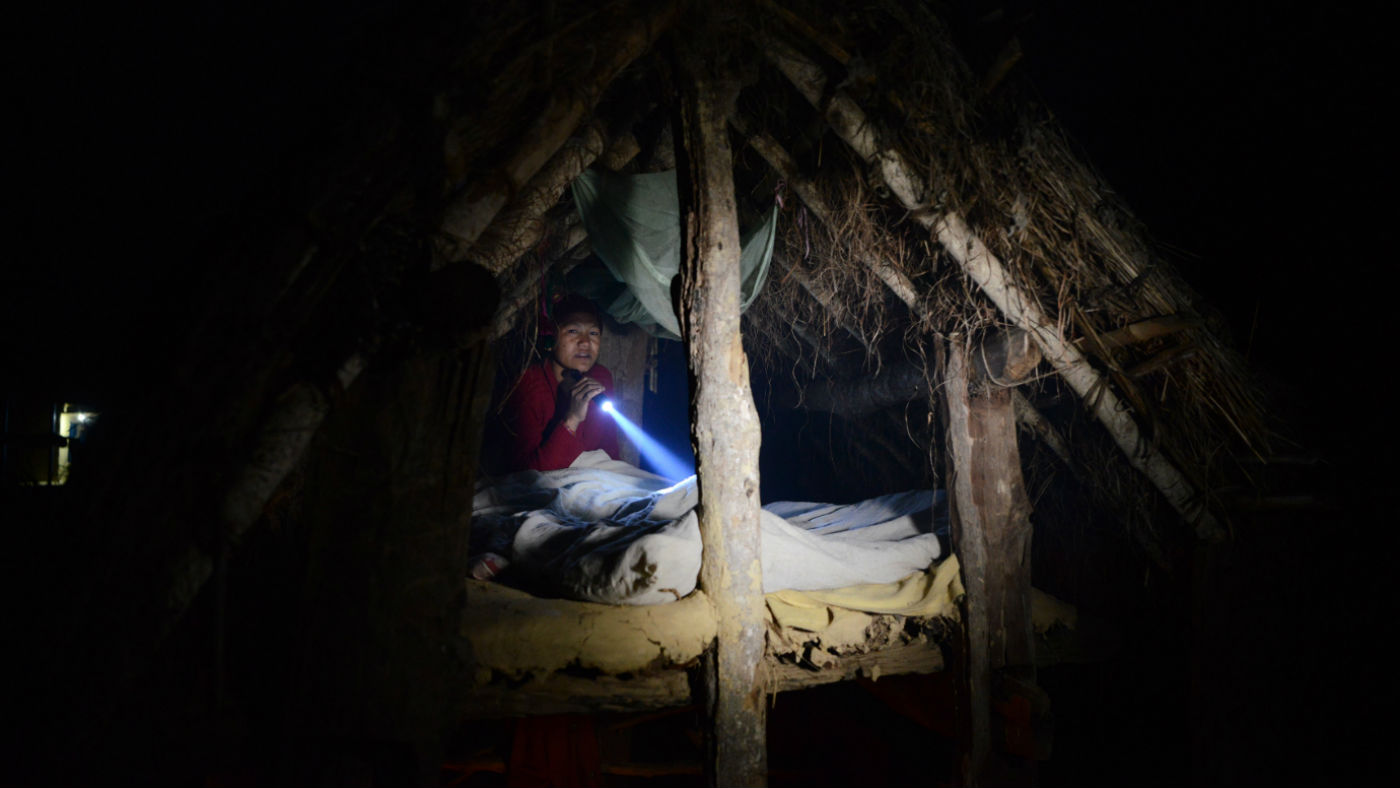
A Nepali woman and her two children have been found dead in subzero temperatures inside a so-called “menstrual hut”.
The bodies of Amba Bohara, 35, and her sons, aged 12 and nine, were found by her father-in-law in the western Bajura district yesterday morning. Night-time temperatures in the region are currently around -14C.
“She had lit a fire inside the shed to keep warm and it appears the blanket had caught fire while they were asleep, filling the room with smoke,” said Bajura senior police officer Uddhab Singh Bhatt.
The Week
Escape your echo chamber. Get the facts behind the news, plus analysis from multiple perspectives.

Sign up for The Week's Free Newsletters
From our morning news briefing to a weekly Good News Newsletter, get the best of The Week delivered directly to your inbox.
From our morning news briefing to a weekly Good News Newsletter, get the best of The Week delivered directly to your inbox.
The stone and mud hut had “neither had windows nor ventilation”, says The Week India.
In traditional Nepalese culture, menstruating women and girls are considered unclean “forbidden from touching other people, food that may be consumed by others, cattle and even books”, CNN reports.
Historically, women have been segregated from the rest of the family in a separate building during their periods.
However, these menstrual huts are often extremely basic - Reuters says the dead woman and her sons had reportedly been confined to a “windowless shed” - and dangerous in extreme weather.
A free daily email with the biggest news stories of the day – and the best features from TheWeek.com
The practice has resulted in several high-profile deaths in recent years. The deaths of Bohara and her sons came almost a year to the day since a 21-year-old woman died in similar circumstances.
Amid growing pressure from humanitarian and women’s rights groups, the Nepali government outlawed menstrual huts in 2005.
However, despite toughening the laws in 2017 to make the practice criminal offence, officials admit that change has been slow to permeate the country’s remote western region.
“It is taking time because it needs the society and families to change their thinking,” said Rudra Devi Sharma, from Nepal’s women and child welfare ministry, adding that the government had implemented awareness programmes “to root out the practice”.
-
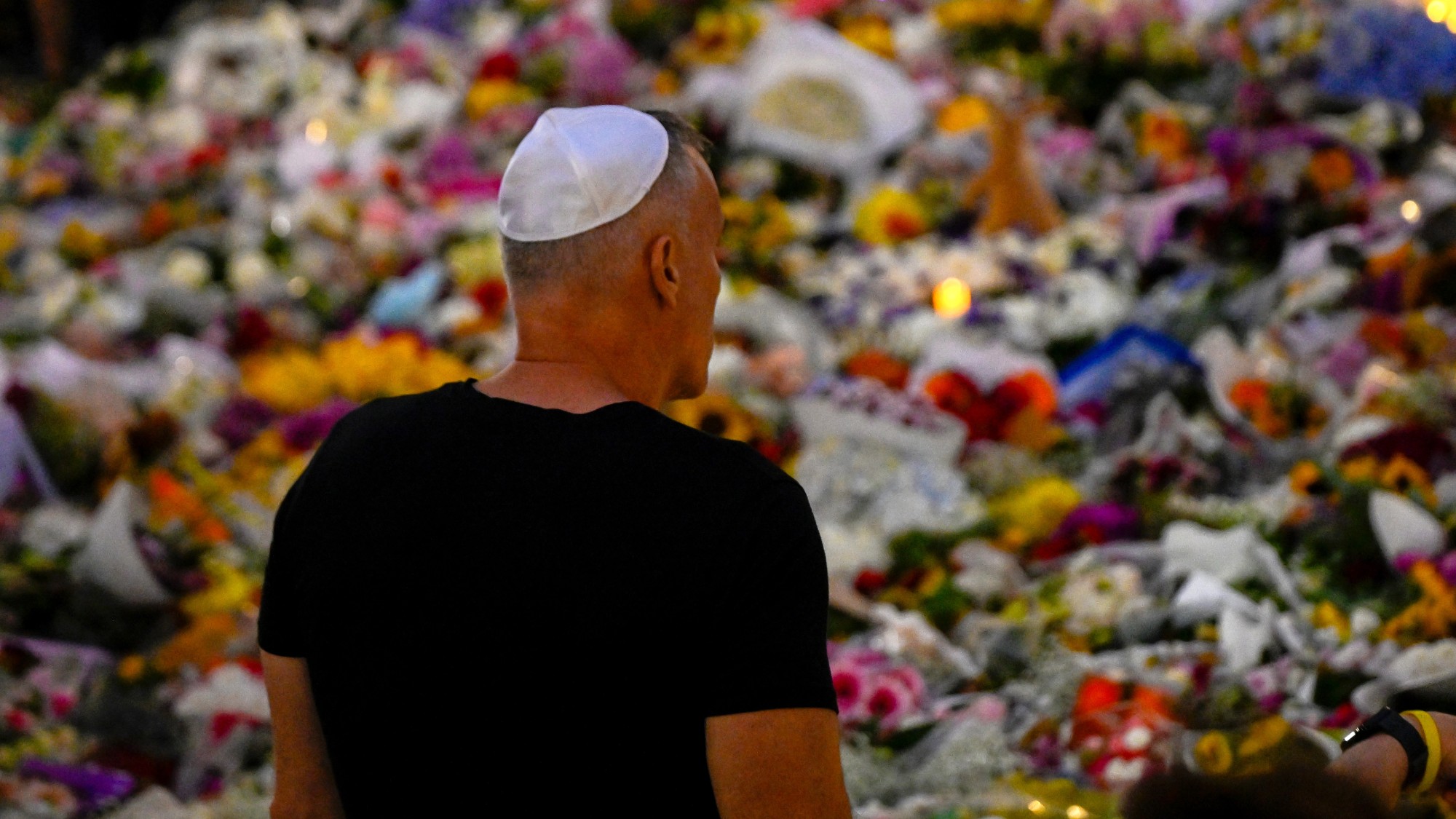 Who is fuelling the flames of antisemitism in Australia?
Who is fuelling the flames of antisemitism in Australia?Today’s Big Question Deadly Bondi Beach attack the result of ‘permissive environment’ where warning signs were ‘too often left unchecked’
-
 Bulgaria is the latest government to fall amid mass protests
Bulgaria is the latest government to fall amid mass protestsThe Explainer The country’s prime minister resigned as part of the fallout
-
 Sudoku hard: December 15, 2025
Sudoku hard: December 15, 2025The daily hard sudoku puzzle from The Week
-
 Home Office worker accused of spiking mistress’s drink with abortion drug
Home Office worker accused of spiking mistress’s drink with abortion drugSpeed Read Darren Burke had failed to convince his girlfriend to terminate pregnancy
-
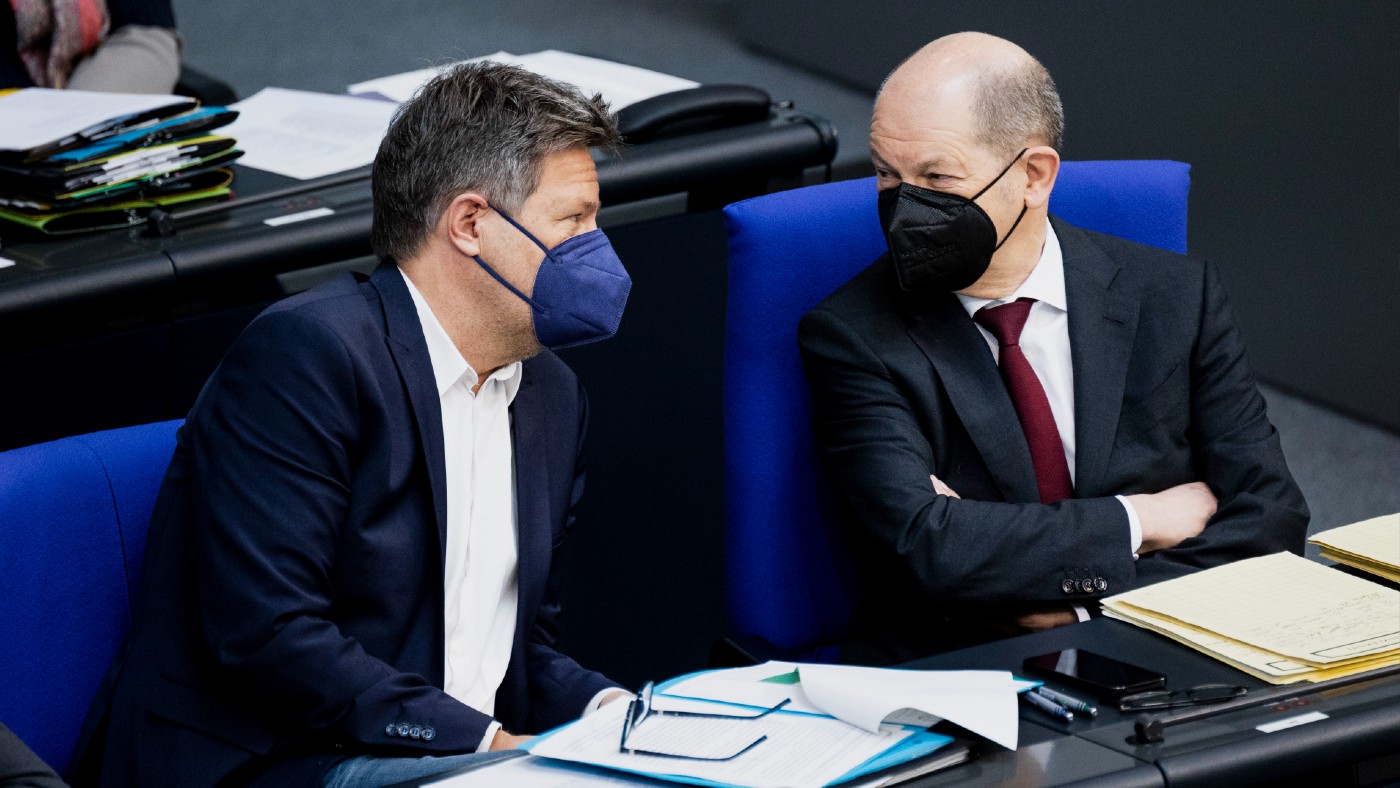 In hock to Moscow: exploring Germany’s woeful energy policy
In hock to Moscow: exploring Germany’s woeful energy policySpeed Read Don’t expect Berlin to wean itself off Russian gas any time soon
-
 Were Covid restrictions dropped too soon?
Were Covid restrictions dropped too soon?Speed Read ‘Living with Covid’ is already proving problematic – just look at the travel chaos this week
-
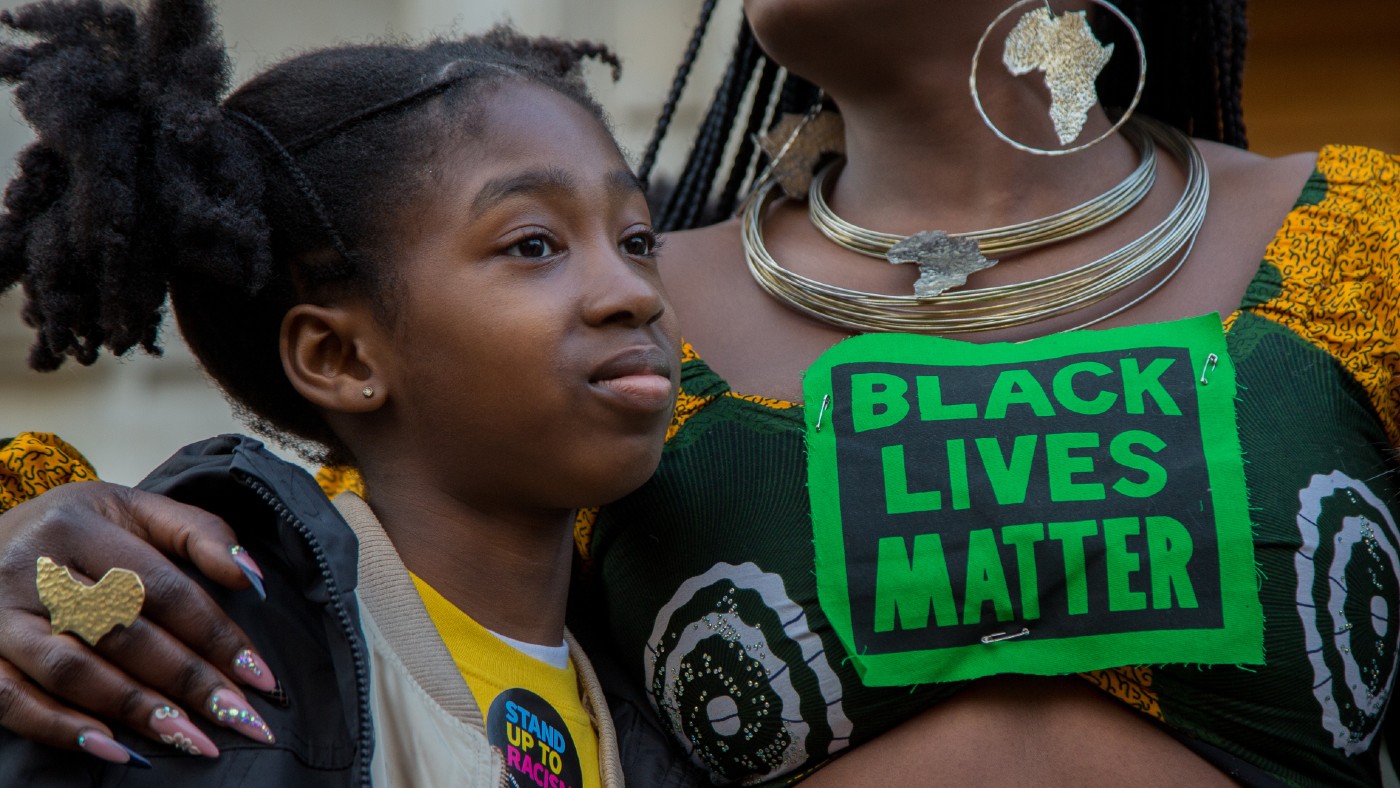 Inclusive Britain: a new strategy for tackling racism in the UK
Inclusive Britain: a new strategy for tackling racism in the UKSpeed Read Government has revealed action plan setting out 74 steps that ministers will take
-
 Sandy Hook families vs. Remington: a small victory over the gunmakers
Sandy Hook families vs. Remington: a small victory over the gunmakersSpeed Read Last week the families settled a lawsuit for $73m against the manufacturer
-
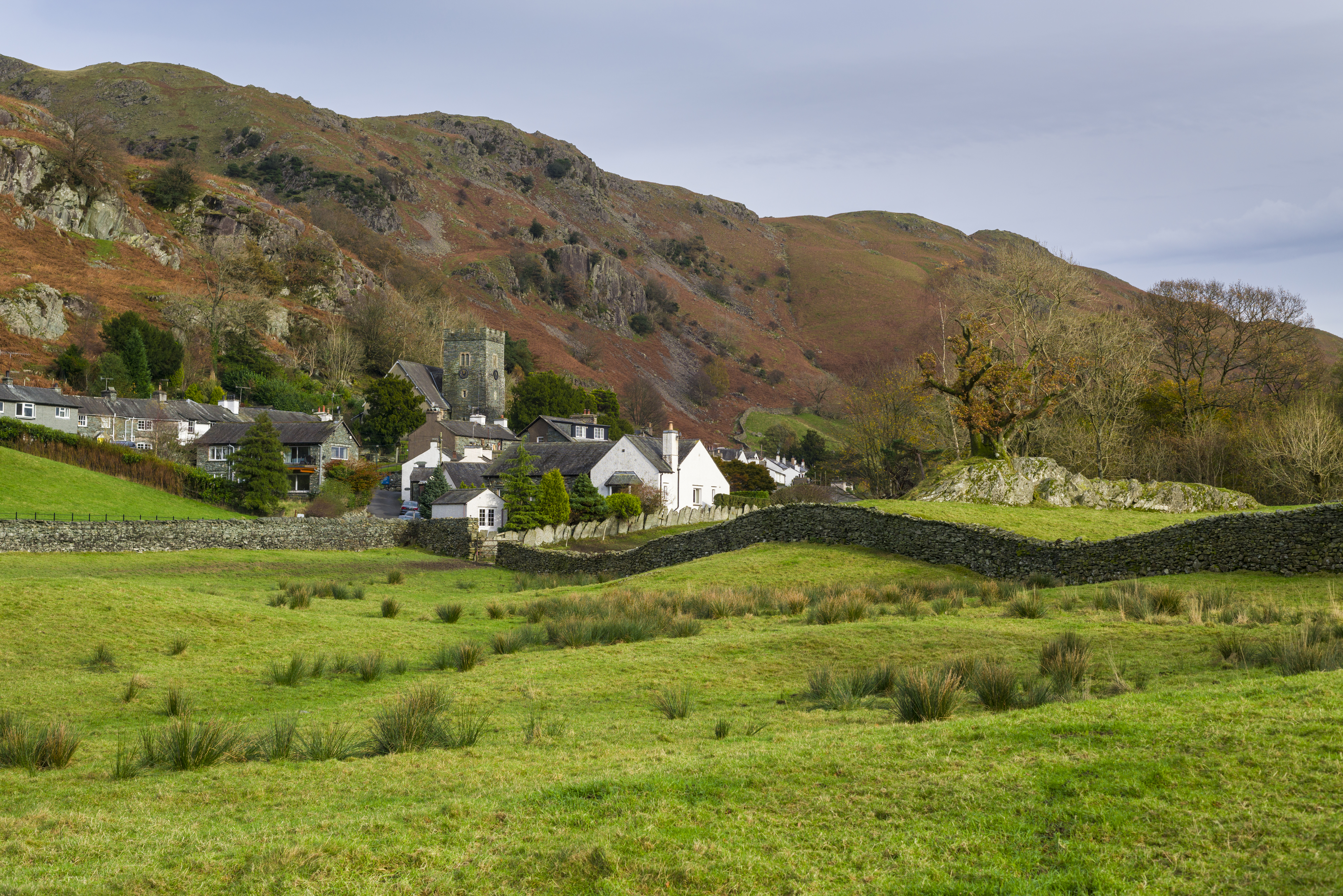 Farmers vs. walkers: the battle over ‘Britain’s green and pleasant land’
Farmers vs. walkers: the battle over ‘Britain’s green and pleasant land’Speed Read Updated Countryside Code tells farmers: ‘be nice, say hello, share the space’
-
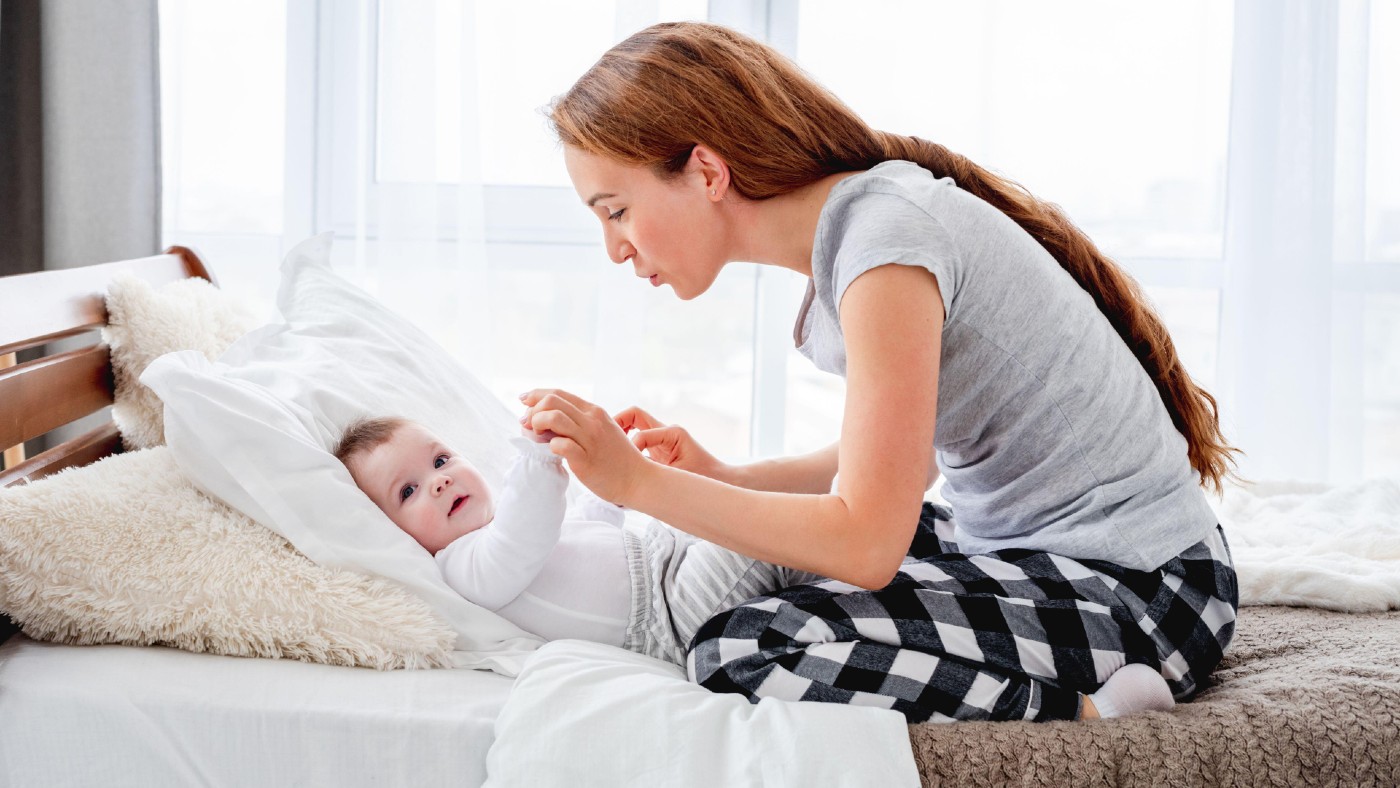 Motherhood: why are we putting it off?
Motherhood: why are we putting it off?Speed Read Stats show around 50% of women in England and Wales now don’t have children by 30
-
 Anti-Semitism in America: a case of double standards?
Anti-Semitism in America: a case of double standards?Speed Read Officials were strikingly reluctant to link Texas synagogue attack to anti-Semitism